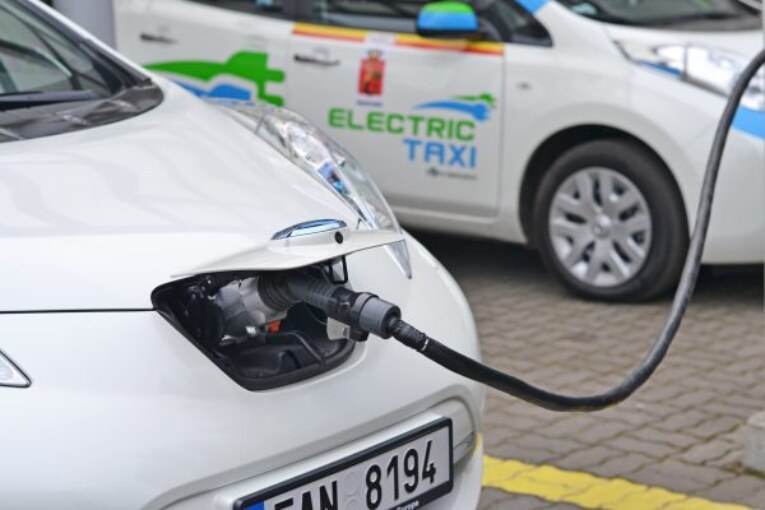
Centre to build 40 GW-The government is planning to build a battery making capacity of 40 gigawatts (GW) for the development of Electric Vehicles (EVs) and renewable energy.
Centre to build 40 GW battery plants invites States to bid
The center is requesting the States to participate in the opportunity to build the internationally competitive facilities which will also cater to the global markets.
This proposal comes under the National Mission on Transformative Mobility and Battery Storage which was approved by the Cabinet in March.
Domestic & global battery makers can participate in the bid
The participation of domestic and global battery makers are expected to bid for setting up plants in the selected states.
The bids will be judged on the basis of land, incentives, power tariff discounts and regulatory and industrial support.
Centre to build 40 GW- proposal expects to invest $40 billion in 2 to 3 yrs
A government official said that this proposal expects to invest $40 billion in next 2 to 3 years and is to collect interest from the global battery manufacturing companies and renewable energy players such as SoftBank, Tesla, and Panasonic.
The mega-battery manufacturing plant, 10GW 4 plants in 4 states
The government is working on a mega battery manufacturing plant, 10GW 4 plants in 4 states. 40GW in targeted capacity.
lithium-ion cells & batteries imported from other countries
Most of the components for lithium-ion cells and batteries are imported from other countries.
The States are supported by the Centre to set up manufacturing units as competitive as China is having. The Centre is working on fiscal and non-fiscal measures so that it can encourage the States in setting up the facilities.
Centre wants the plants to be competitive enough so that the exports must be commercially feasible.
Centre to build 40 GW- government official says,
“The Centre is exploring opportunities on how to make battery manufacturing at giga-scale happen quickly and in the shortest possible time because that is the crux of the entire growth, be it electric vehicles or new and renewable energy sources,” the government official said.
Making of batteries is most essential before moving on to cells said the official, “The industry needs to have the confidence to come forward, as there is a huge requirement of battery storage,” said another official.
“Even for just the FAME-II targets of e-vehicles, we will require 70 GW batteries in the next three years.
A company that starts making them here can become a global leader rather than looking up to countries such as Vietnam, Korea or China.”
Lithium-Ion batteries are more expensive
As battery costs the one-third of the EV cost, as Lithium-Ion batteries are more expensive. As batteries and battery cells are a big issue in India, it is imported from China and the U.S, etc.
Its components are not available in India
As it consists of many cells packed together and nearly a fifth of components are not available in India for Li-Ion cells.
175 GW renewable energy generation capacity by 2022
The proposal which plans to add 175 GW renewable energy generation capacity by 2022 can reach the goal that India’s Vehicles must be 30% electrified by 2030
For any promotions and advertisements on electricvehicles.in, please send an email to support@electricvehicles.inFor the latest electric vehicles news, follow electricvehicles.in on Twitter, Instagram, Facebook and subscribe to our YouTube Channel.







